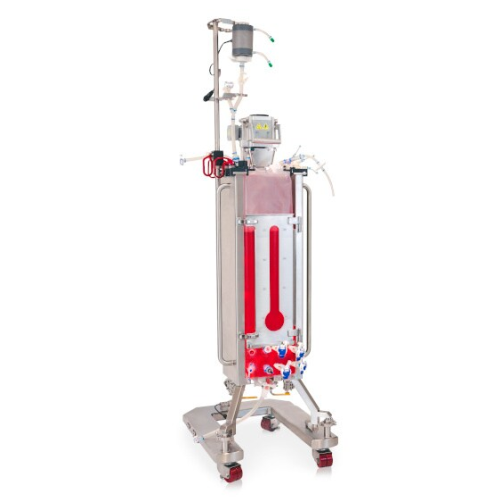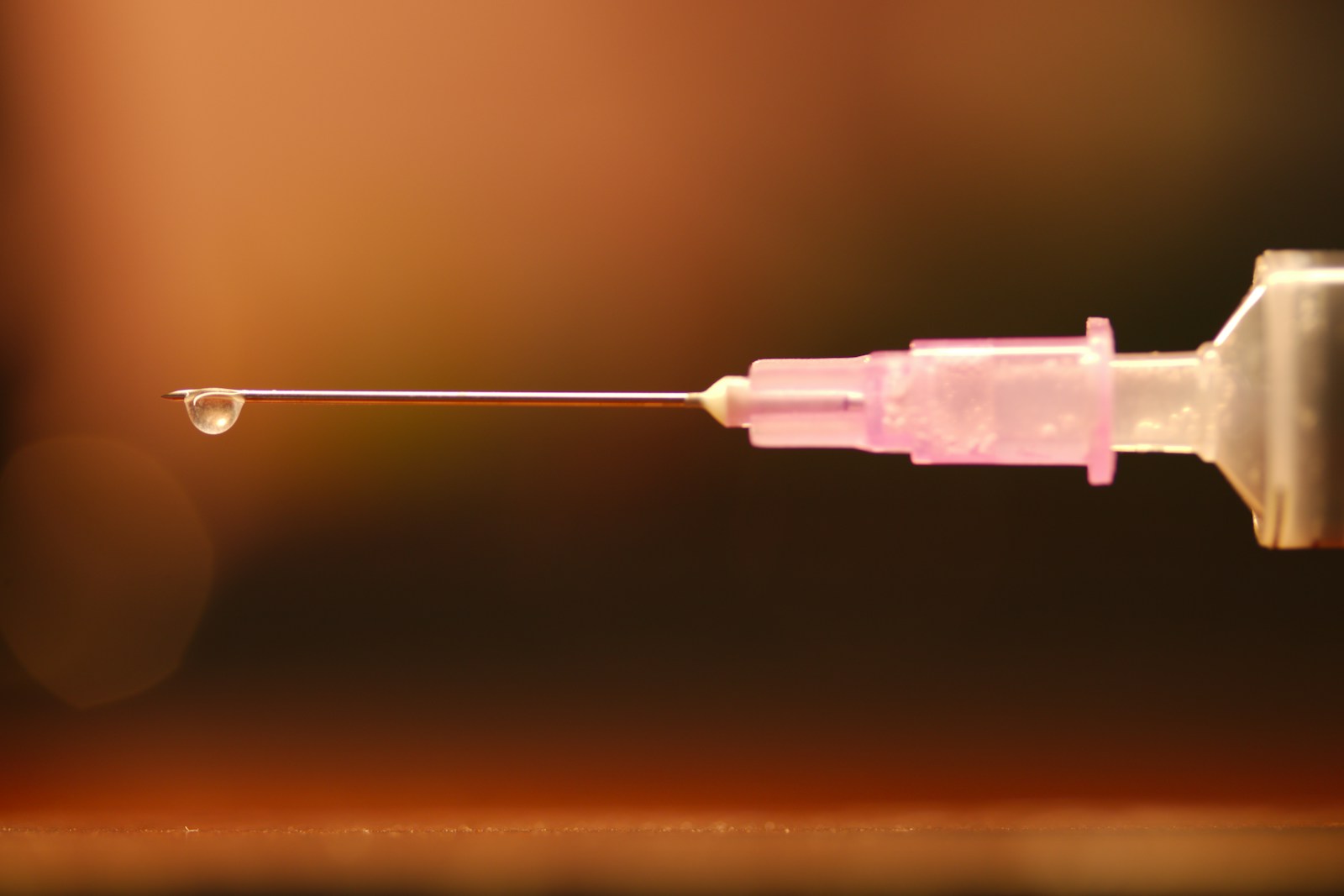Single-use bioreactor for cell cultures
Enhance your cell culture efficiency and minimize contamination risks with a state-of-the-art single-use bioreactor designed to seamlessly scale from pilot studies to commercial production while maintaining optimal mixing dynamics for high-density cell lines.

Optimizes Cell Culture Mixing and Bioprocessing
The DynaDrive™ Single-Use Bioreactor from Thermo Scientific is engineered to revolutionize bioprocessing with its advanced stir-tank design. This bioreactor excels in mixing and mass transfer for high-density cell cultures, catering to applications such as monoclonal antibodies, CAR-T cell therapies, and recombinant proteins. Designed for use in biopharmaceutical and biotechnology industries, it supports batch, fed-batch, and perfusion processes with significant scalability, ranging from 50 to 5,000 liters. The DynaDrive bioreactor integrates seamlessly into existing production lines via an open-architecture approach, allowing interoperability with contemporary control systems. Its ergonomic hardware, combined with a robust Thermo Scientific Aegis 5-14 film, ensures durability and ease-of-use. Additionally, the bioreactor’s components adhere to stringent leachable and extractable standards as per BioPhorum Operations Group guidelines. With enhanced seed train processes, offering up to a 20:1 turndown ratio, it reduces the risk of contamination and increases efficiency, making it an indispensable tool for pilot to commercial-scale operations.
Benefits
- Enhances production efficiency with optimized mixing dynamics for high-density cell cultures.
- Minimizes contamination risk through reduced seed-train turndown ratios.
- Facilitates seamless scale-up from pilot to commercial production with consistent performance.
- Ensures compliance with industry standards through rigorous leachable and extractable evaluations.
- Integrates effortlessly into existing systems, reducing operational complexity.
- Applications
- Cell and gene therapy, Biopharmaceuticals
- End products
- Car-t cell therapies, Viral vectors, Monoclonal antibodies, Stem cell therapies, Vaccine components, Recombinant proteins
- Steps before
- Seed Train Preparation, Cell Culture Media Preparation
- Steps after
- Harvesting, Protein Purification, Sterilization
- Input ingredients
- cell culture media, seed train, bioprocess container (BPC) contents
- Output ingredients
- protein expression, batch cultures, fed batch cultures, perfusion cultures
- Market info
- Thermo Fisher Scientific is renowned for providing innovative scientific instruments, laboratory equipment, and engineered-to-order solutions across various industries, esteemed for their high-quality products and expertise in life sciences, pharmaceuticals, and biotechnology sectors.
- Capacity
- 50–5000 L
- Material
- Stainless Steel
- Height (Metric)
- 2 m 32 cm
- Height (English)
- 7 ft. 8 in.
- Length (Metric)
- 77 cm
- Length (English)
- 2 ft. 7 in.
- Width (Metric)
- 69 cm
- Width (English)
- 2 ft. 4 in.
- Mixing and Mass Transfer Performance
- Optimized for modern cell culture processes with >100 million cells/mL
- Turndown Ratio
- 10
- Film and Components
- Aegis 5-14 bioprocessing film
- L,E Evaluation
- According to BPOG guidelines
- Mixing method
- Stir-tank design
- Turndown ratio
- 10
- 20
- 1 in 500 L
- Scalability
- 50 L to 5000 L
- Sparging approach
- Redesigned for performance
- Interoperability
- Open-architecture control systems
- Uniform bioprocess container loading
- Ergonomically friendly hardware
- Perfusion cell culture compatibility
- Optimized hardware
- Biological compatibility
- Yes
- Abrasion resistance
- High
- Cleanability
- Easy CIP/SIP
- Corrosive resistance (e.g. acids)
- High
- Density/particle size
- 0.5–2.5 g/cm³
- Machine footprint
- 2 ft. 7 in. length x 2 ft. 4 in. width
- Height
- 7 ft. 8 in.
- Tank shape
- Stir-tank design
- Capacity
- 50 L
- Material
- Stainless Steel
- Jacketed hardware
- Yes, with load cells
- Ergonomics
- User-friendly design
- Interoperability
- Open-architecture approach
- Control panel type
- Open-architecture, interoperability with available control systems
- Integration possibilities
- Interoperability with available control systems
- Mixer type
- Revolutionary stir-tank design for optimized mixing dynamics
- Impeller type
- Redesigned mixing impeller (drive train)
- Sparging approach
- Redesigned to optimize performance
